Conventional engines are equipped with a valve-type valve train that closes the intake and exhaust valves at regular intervals in accordance with the engine's sequence of motion and duty cycle. The amount of intake air is directly related to the power and torque of the engine. How to ensure that the intake air is enough, and to ensure that the exhaust is clean enough, so there are many technologies in the process of gas distribution.
This article refers to the address: http://
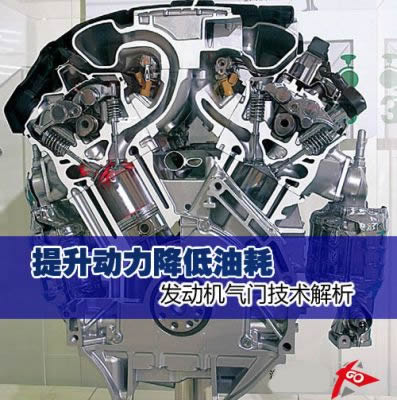
First of all, let us know the timing of the valve timing. The opening and closing time of the intake and exhaust valves and the duration of their opening, which are represented by the crank angle, are called the timing of the valve timing. Under normal circumstances, the intake valve will open early, the purpose is to have a larger opening or a larger intake passage at the intake of the intake air, thereby reducing the intake resistance and making the intake smooth. The intake valve is closed to fully utilize the inertia of the intake air to increase the intake air amount. The corresponding exhaust valve is opened early to clear the air when the air pressure is large, and the exhaust valve is closed to use the inertial exhaust gas. Due to the early opening of the intake valve and the late closing of the exhaust valve, the piston has a phenomenon that the intake and exhaust valves are simultaneously opened near the top dead center, which is called valve overlap.
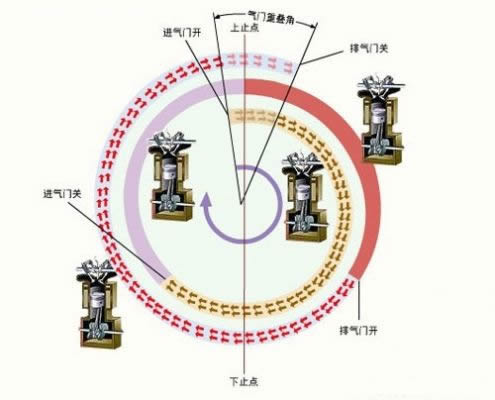
Valve overlap display
The timing of the valve timing required for different engine speeds is also different. This is because when the engine speed changes, the intake air flow and the exhaust flow also change, so the constant valve switching time will always affect the fuel combustion efficiency. Generally, as the speed increases, the valve overlaps. As the angle and valve lift increase, this will help to achieve better engine performance in order to better improve the engine's power output.
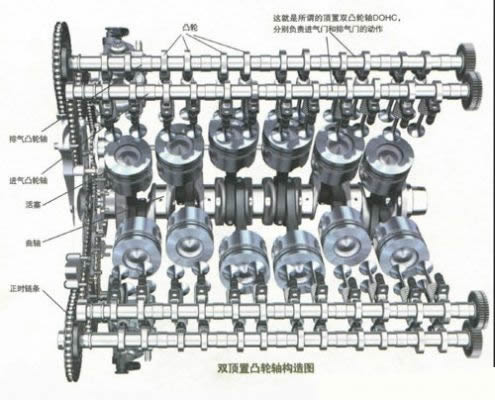
Double overhead camshaft
However, it is also impossible to increase the valve overlap angle and lift, which can result in the exhaust gas being mixed into the intake pipe and the unburned mixture being lost with the exhaust pipe. Therefore, variable valve timing and variable valve lift are important.
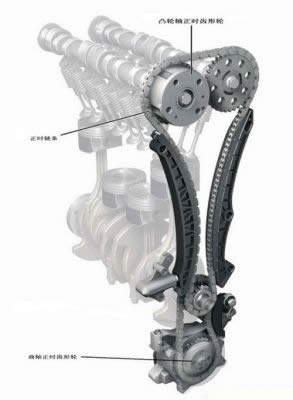
Engine timing system
Variable intake systems can be divided into two categories: multi-valve commissioning and variable inlet systems. The multi-valve can be controlled by a cam or a rocker arm to control the valve under a set working condition, or a valve can be set on the intake port to switch under a specific working condition; and the variable port system is used according to different speeds of the engine and different lengths and The volume of the intake pipe inflates the cylinder.
At present, there are many manufacturers using variable valve systems. Take the long-time Honda VTEC as an example. Honda uses high-speed and low-speed cams with different angles and lifts through the camshaft. The control system uses oil pressure according to the engine speed. The valve switches to a different cam to change the valve phase and lift.
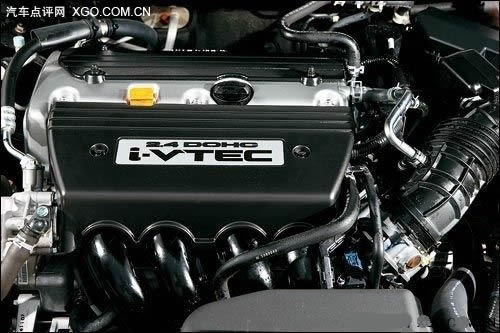
Honda i-VTEC engine
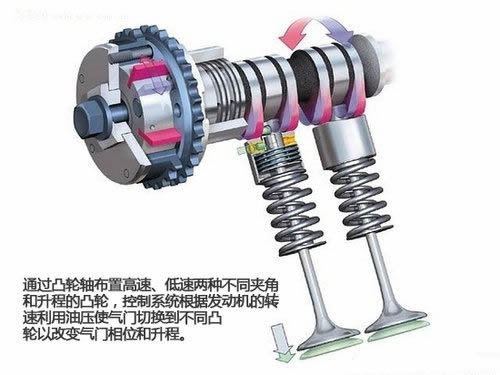
The VTEC system is phased in the phase of the valve, and can only jump at high speed and low speed, instead of continuous linear change. Therefore, Honda has introduced the i-VTEC system, which is more than VTEC. The VTC variable timing control device, that is, a group of intake valve camshaft timing variable control mechanisms.
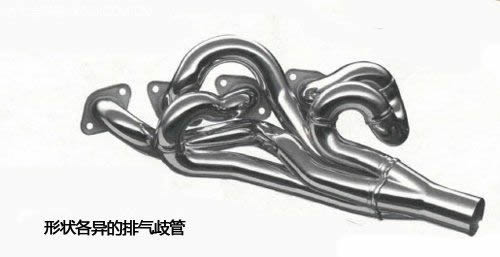
The general shape of the exhaust manifold is rather strange, that is, it does not affect each other when exhausting
In addition to the above mentioned changes in valve timing and valve lift to achieve the engine's intake requirements in different situations, the variable intake manifold and variable intake can achieve the same effect. The intake port of the engine is connected to the intake valve and the intake manifold. The shape of the intake manifold design can also directly affect the performance of the engine.
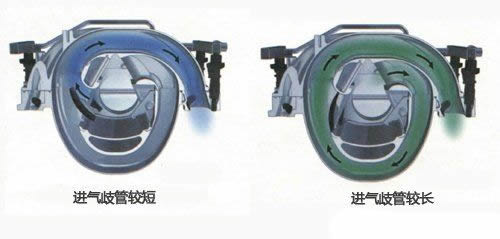
The coarse, short, straight intake manifold has less resistance to the intake air flow, so it responds faster in the high speed process, and the air flow speed is also faster. The long, thin, curved intake manifold is beneficial to the oil in the intake manifold. Mixed with gas, so a shorter intake manifold is more suitable for high speeds, while a longer intake manifold is more suitable for low speeds. Therefore, the technology of variable intake manifold has emerged. By means of technical means, the length of the intake manifold can be changed at different speeds, thereby taking into account the intake demand at high and low speeds. Let's take a look at the current variable intake manifold length technology. This technology is divided into two types, which are adjustable in stages and infinitely adjustable.
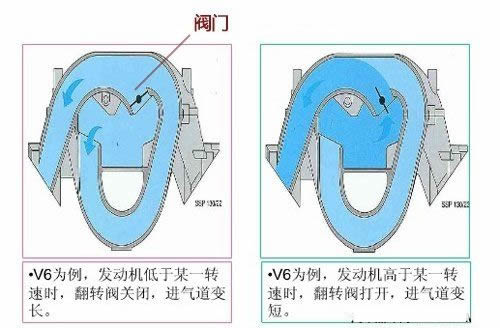
If there are two intake manifolds, the short intake manifold is closed at low speed and the engine uses long intake manifold intake; at high speeds, the long intake manifold is closed and short tube intake is used; A valve is arranged in the intake manifold to control the valve in the manifold through the switch, thereby controlling the length of the intake manifold, and the segmentation can be realized in various lengths, and can be adapted to the requirements of the engine speed.
Dt Connector,Deutsch Dt Connector Kit,Deutsch Dtm Connector,Dt Auto Connector Sample Kit
Dongguan Andu Electronic Co., Ltd. , https://www.idoconnector.com